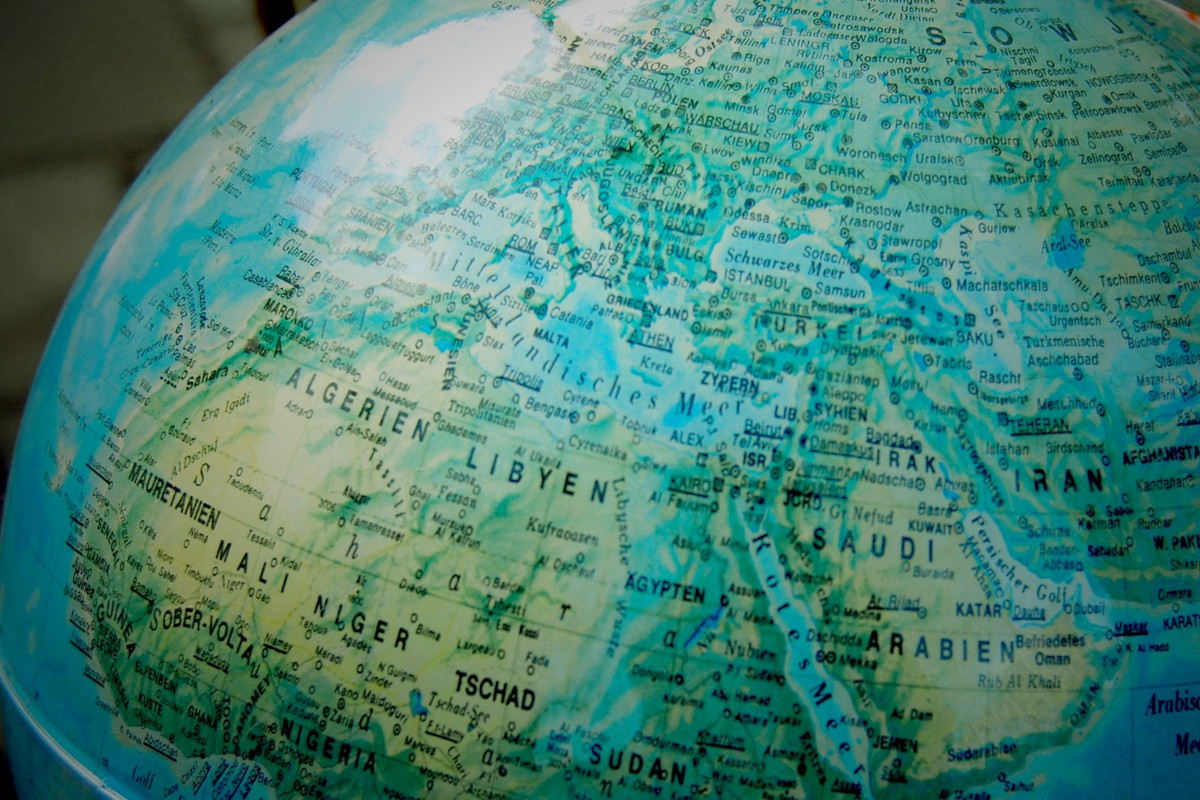How the EU coordinates the outsourcing of migration control
Topic
Country/Region
04 June 2025
It is no secret that the EU is seeking greater cooperation from non-EU states in its migration control agenda. Less is known, however, about precisely how that cooperation is organised and encouraged. A document produced last year and released in response to an access to documents request from Statewatch provides some further details on the topic, pointing to avenues for advocacy, research and investigation.
Support our work: become a Friend of Statewatch from as little as £1/€1 per month.
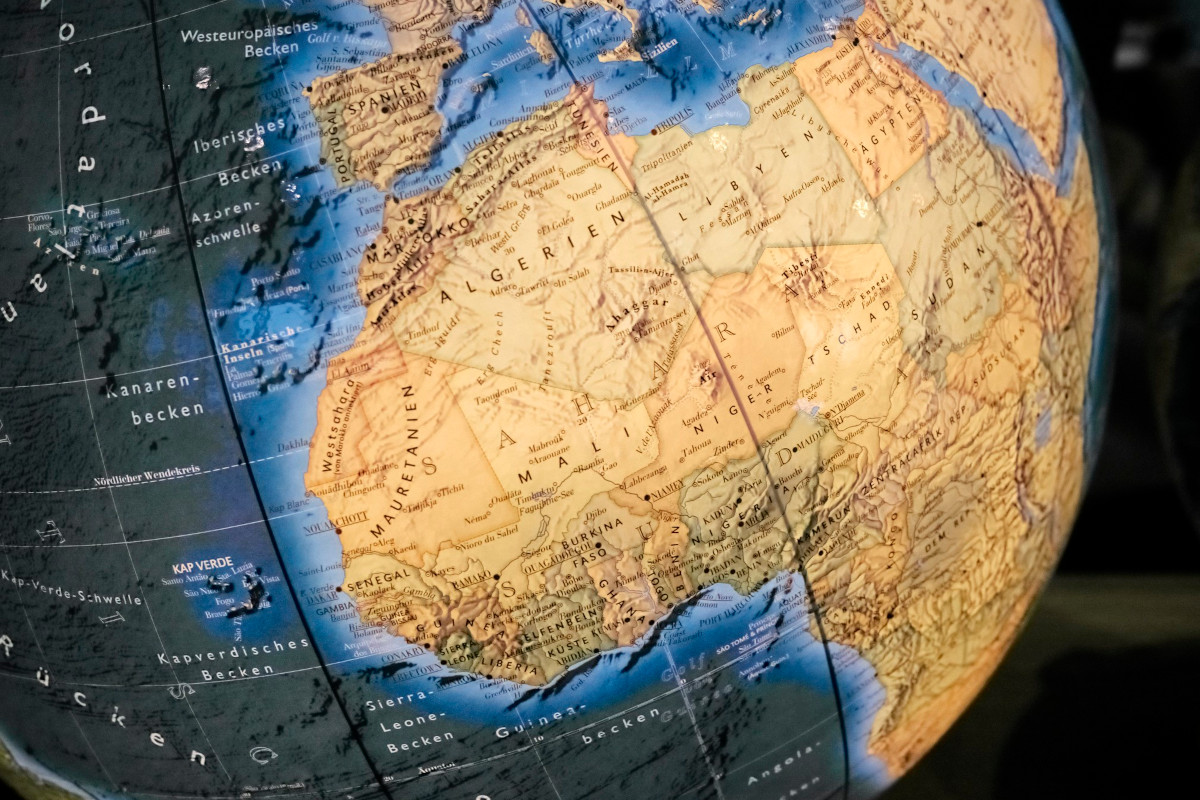
Image: Focal Foto, CC BY-NC-ND 2.0
Coordinating the “external dimension of migration” at the “local level”
An EU Council document (pdf) sheds light on the mechanisms behind the EU’s externalisation agenda.
Produced by the Belgian Presidency in mid-2024 and shared with the MOCADEM working group, it outlines how EU institutions and member states align their efforts to influence migration policies beyond the EU’s borders.
It also highlights the scale and entrenchment of the EU’s externalisation agenda, which is fuelling human rights violations with few obvious avenues for democratic control or accountability.
A centralised coordination system built on emergency powers
The document was produced for MOCADEM, the Operational Coordination Mechanism on the External Dimension of Migration.
In 2022, MOCADEM was established using emergency powers related to “a terrorist attack or a natural or man-made disaster.” It is designed to “enable the [European] Union to coordinate and react in a timely manner to issues related to the external dimension of migration.”
MOCADEM produces “country-specific action plans,” “action files, and “matrixes” designed to guide coordinated action and messaging by EU member states and institutions in discussions on migration with other states.
As of mid-2024, ten countries were covered by action plans, and twelve had action files and matrices. Additionally, there were “thematic action files on instrumentalisation and return.” Statewatch has published most of the public documentation that exists on MOCADEM’s work.
Support our work to investigate, analyse and expose the EU's border externalisation agenda
Become a Friend of Statewatch
For the EU and its member states, this coordination makes their work on the “external dimension of migration” more efficient.
But in doing so, it enshrines a powerful and opaque structure for exporting EU migration enforcement that actively avoids any form of democratic scrutiny or oversight.
Diplomats, delegations, and decentralised enforcement
“Local coordination in the area of migration varies according to the location and may follow different approaches,” the document says.
Much of this coordination is pushed through EU delegations and national embassies in partner countries. Through regular meetings, EU and member state officials align approaches, share intelligence, and prepare joint messaging. The document gives examples from Egypt, Iraq, Libya and Niger:
- In Egypt, the EU delegation and member state diplomatic staff co-chair bi-monthly “migration roundtables.”
- In Iraq, a meeting chaired by the EU delegation brings together member states “to exchange information on developments in cooperation with Iraq and recent visits.”
- In Libya, the EU delegation “launched a series of debates with Tripoli-based EU MS [member states] to discuss different aspects of migration.” The document says these follow “the priorities set in the MOCADEM action file on Libya and the strategic discussion organised in the EMWP [External Aspects of Asylum and Migration Working Party].”
- In Niger, until the 2023 coup, member state officials convened a "migration cluster" to identify priorities and shape political dialogue.
The document also refers to actions by EU delegations in Bosnia and Herzegovina. Here, events entitled “Rule of Law Breakfasts” are said to cover topics such as “anti-smuggling.”
To link the actions in targeted states with discussions in Brussels, the document highlights the role played by the “Commission and EEAS [European External Action Service] services in Brussels, as well as the link via member state delegates in Brussels, via capitals, to their own embassies.”
Samoa Agreement
The Samoa Agreement, signed in 2023, governs the EU’s political and economic relationships with 77 countries in Africa, the Caribbean, and the Pacific. According to the Council of the EU, this covers around 2 billion people.
The document notes that the “Partnership Dialogues” established under the Samoa Agreement can be used to push the EU’s migration control agenda. Specifically, it says they “can be used to facilitate collaboration on various areas… including migration.”
Liaison officers
Liaison officers deployed by member states, the European Commission and Frontex also play a role.
According to the document, liaison officers in Morocco and Nigeria organise regular meetings on migration at the EU delegations.
The document highlights that “closer coordination between liaison officers as well as with other EU stakeholders could have a substantial positive impact.”
A recently-declassified report from 2018 (pdf), on the work of the Immigration Liaison Officers’ Network in Morocco, gives an idea of these officials’ activities.
Team Europe Initiatives
Another layer of coordination happens through “Team Europe Initiatives” (TEIs) – a structure with no legal basis but significant impact.
The concept of “Team Europe” was introduced in April 2020 in response to the COVID-19 pandemic.
According to the European External Action Service, it “brings together the EU, its Member States and their diplomatic network, finance institutions and implementing organizations,” along with the European Investment Bank and the European Bank for Reconstruction and Development.
It has no legal basis in the EU treaties and has been described by Dutch MEP Sophie in’t Veld as a “fantasy body.”
It is nevertheless a “fantasy body” that has become firmly embedded in the EU’s policy framework – albeit without the inclusion of the European Parliament.
In a 2024 resolution, MEPs expressed regret that the Parliament had not been “fully recognised by the Commission, the Council and the EEAS as an integral player within the ‘Team Europe’ approach.”
The June 2024 Council document notes that “country level committees” for the Team Europe Initiatives (TEIs) on the Atlantic/Western Mediterranean and Central Mediterranean migration routes have been set up in 16 African states.[1]
“These committees meet regularly at the initiative of the EU delegations and local representation of all TEIs members are participating,” the document says.
They provide a forum for “general coordination with EU member States on Migration,” it adds.
According to the Belgian Presidency, these committees “have mapped the actions of EU and TEIs members related to Migration in each partner countries and agreed on a TEI implementation plan that identified gaps in programming and agreed on areas of focus for the future.”
As a result of this work, there were implementation plans in place for seven states: Chad, Ethiopia, Ghana, Guinea, Nigeria, Senegal, and Tunisia.
A call for scrutiny
The mechanisms outlined by the 2024 Council document, from embassy roundtables to informal networks, development agreements to diplomatic working groups, provide some of the institutional foundations of the EU’s externalisation agenda.
They operate largely out of public view – and with little consideration for the human rights implications of outsourcing migration enforcement to authoritarian or unstable regimes.
For those seeking more scrutiny and accountability — and migration policies that uphold human rights and social justice — the initiatives and groups outlined here would be a good starting point for further investigation.
Documentation
- Coordination of actions in the external dimension of migration at local level - Presidency discussion paper (WK 8321/2024 INIT, 14 June 2024, LIMITE, pdf)
Access more primary sources in our document archive on externalisation
Note
[1] Burkina Faso, Chad, Côte d’Ivoire, Eritrea, Ethiopia, Ghana, Guinea, Mali, Mauritania, Morocco, Niger, Nigeria, Senegal, Somalia, Sudan, The Gambia, Tunisia.
Our work is only possible with your support.
Become a Friend of Statewatch from as little as £1/€1 per month.
Further reading
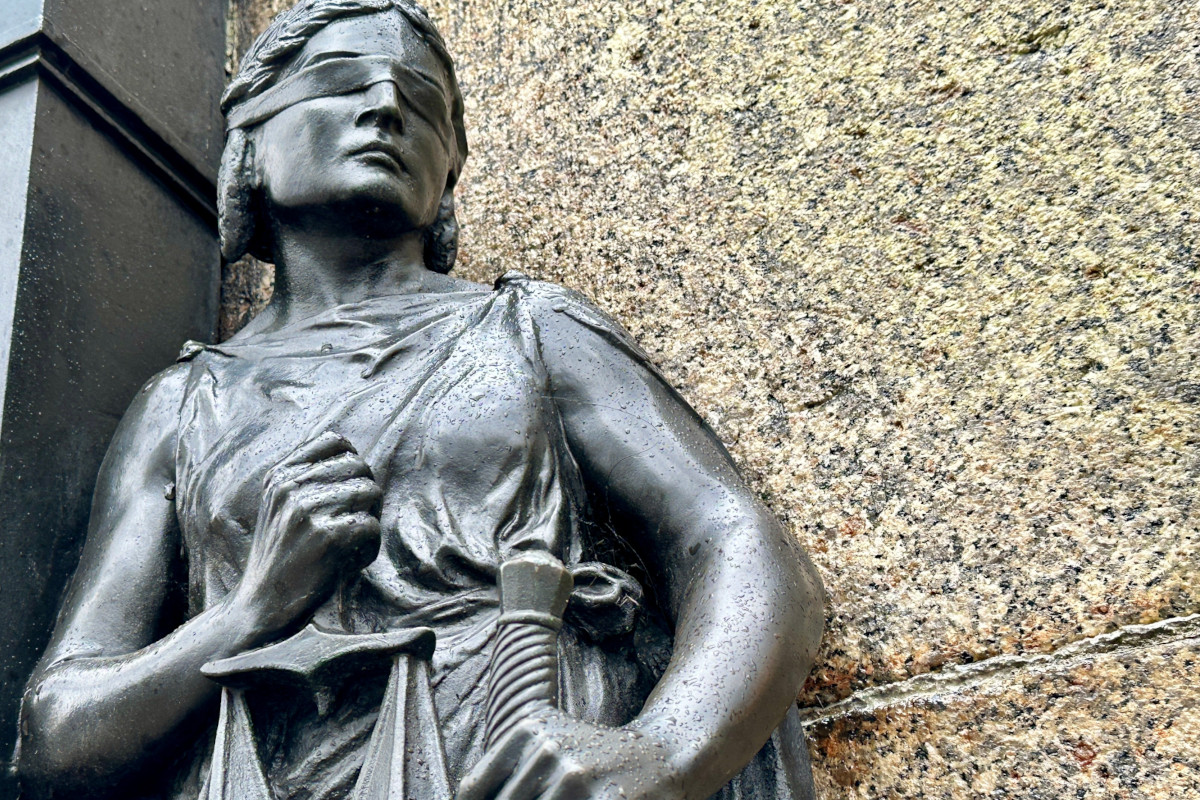
Deportation camps: EU member states want to “prevent judicial scrutiny”
Agreements between the EU and non-EU states on so-called “return hubs” should be “framed in flexible way” to “prevent judicial scrutiny.” This is according to a document produced by the Polish Presidency of the Council in February, obtained and published by Statewatch.
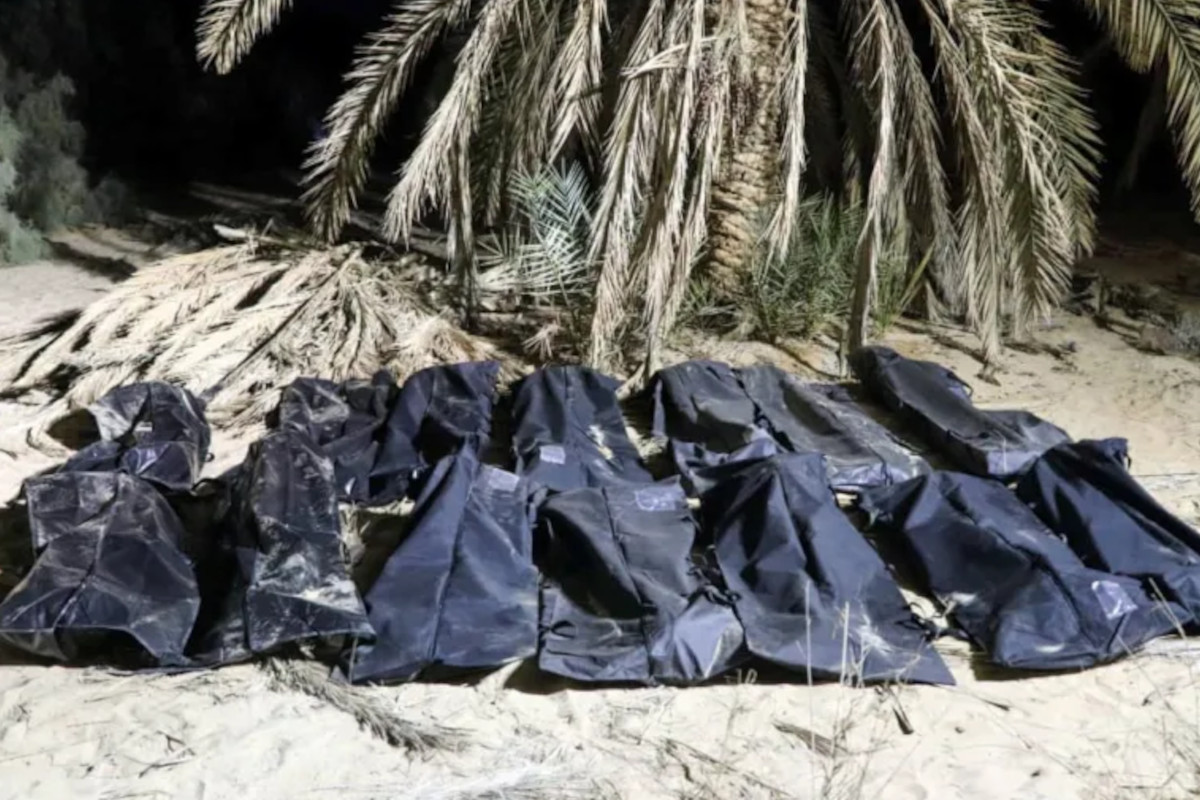
Libya: After discovery of mass graves, EU funding should "save lives and open up safe routes"
More than 30 organisations, including Statewatch, have called on the European Commission to use its funding for immigration control in Libya "to save lives and to provide alternatives to dangerous journeys." The call comes after the discovery of two mass graves in Libya, containing the bodies of almost 50 people believed to have been migrants and refugees.
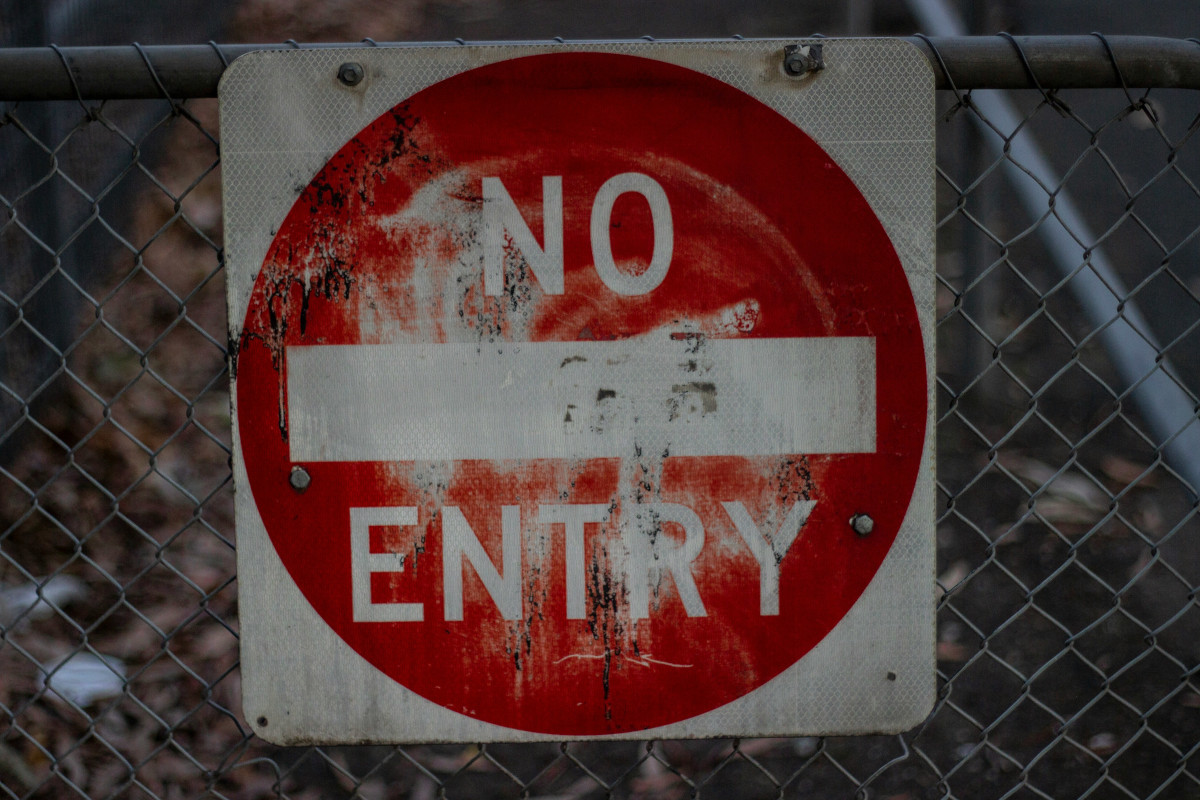
Polish government proposes life-long EU entry bans for deportees
In the coming months, EU institutions will start negotiating a new law to increase deportations. EU governments want their positions taken into account in the European Commission’s forthcoming proposal. The Polish government has proposed banning deportees from EU territory for “an indefinite period of time,” alongside other coercive measures.
Spotted an error? If you've spotted a problem with this page, just click once to let us know.
